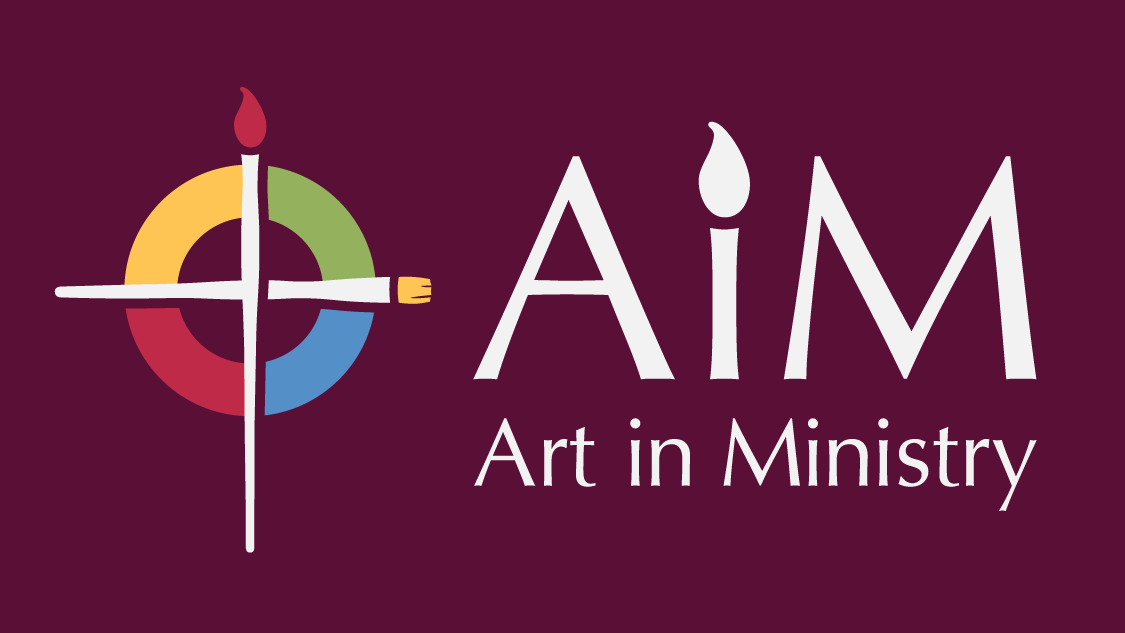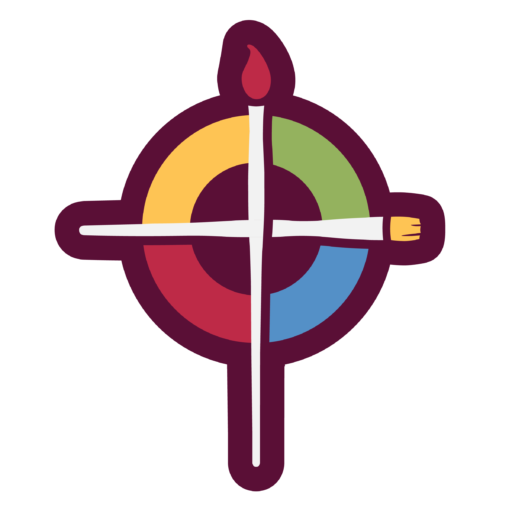Art History without a Classroom
Reflecting on an Asynchronous College Course
In the spring of 2023, Bethany alumnus and artist Charis Carmichael Braun was recruited to teach the Art History III: Modernism course at Bethany Lutheran College–from all the way in New York. Professor Braun used a wide variety of resources to give students a rich learning environment without a physical classroom.
Professor Braun started the semester with one-on-one Zoom calls with the students to get to know them. Later in the semester she had open office hours for Zoom check-ins with the students to see how they were getting along. If students had questions, they could either reach out to her individually or post to a public Questions forum on Moodle if it was something that other students could benefit as well.
The students purchased a subscription to Pearson’s online textbook copy of H. H. Arnason’s History of Modern Art. The e-textbook has tools for highlights, notes, and flashcards. It also in theory has an audiobook function, but the robotic voice is hard to listen to. So, in order to make reading the content more engaging, Professor Braun decided to record her own readings of the text, interspersed with expansions and applications. She made these videos available on her YouTube channel:
Periodically, the class would have an art attribution quiz based on the artworks covered by the textbook/videos. Students needed to match the artist and art movement to the artwork using a word bank. Since there was a lot of ground to cover and not all of it was in order by art movement, I made a slideshow that specifically listed the names and art movements in the notes section, so that students could use the slides like flashcards to study:

The activities on Moodle were separated by DO assignments, which would be graded, and other categories of DISCOVER, LOOK, BONUS, and FUN, which weren’t graded but were encouraged for extensions and to show participation. These were mostly links to further resources on the topic. There were also some extra credit assignments for the Minneapolis Institute of Art field trip and lectures by professor emeritus Bukowski.
The DO assignments included deep discussion questions such as “Which holds more truth in it, painting or photography?” and the students’ chosen response to the weekly reading (inspired by Jason Jaspersen’s approach to art history assignments). Options for these responses could include a written summary, a master-copy of an artwork, a poem, a video, or some other project. Students also wrote essays reflecting on art lectures we attended at Bethany that semester.
As is often the case, there ended up being a lot of content left near the end of the semester, so to cover more ground Professor Braun had the students teach each other by creating their own slideshow on an art movement or artist. Here is mine:

Rather than dealing with the complications of setting up a way to present them to the class, the slideshows were posted as pdfs for students to peruse on their own time. They then had to respond to their peers with constructive feedback to show that they had read it.
In place of an exam, students worked on a cumulative paper or project summarizing what they had learned, such as the following:


This class was a goldmine of authentic experiences, despite being completely digital. I never felt unsupported or out of sync, because Professor Braun made an effort to get to know all of her students and promised to work with our schedules. The only challenging part was being self-motivated for the art lecture papers, which were due 5 days after attendance–but we could do them on any art lecture that semester, so it was easy to put it off until the next one. Overall, the pace of the course was manageable, and I felt like I came out of this course with a stronger knowledge of art history.


